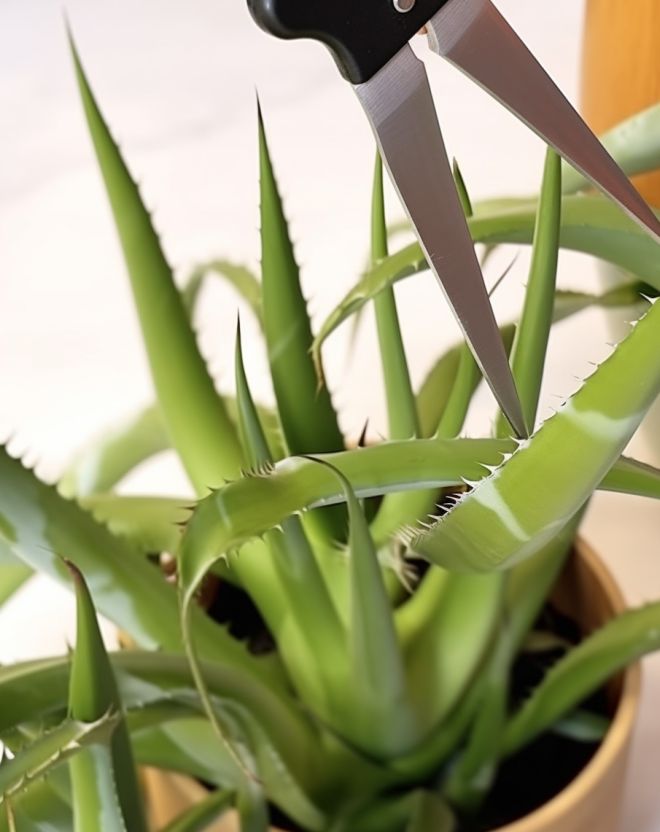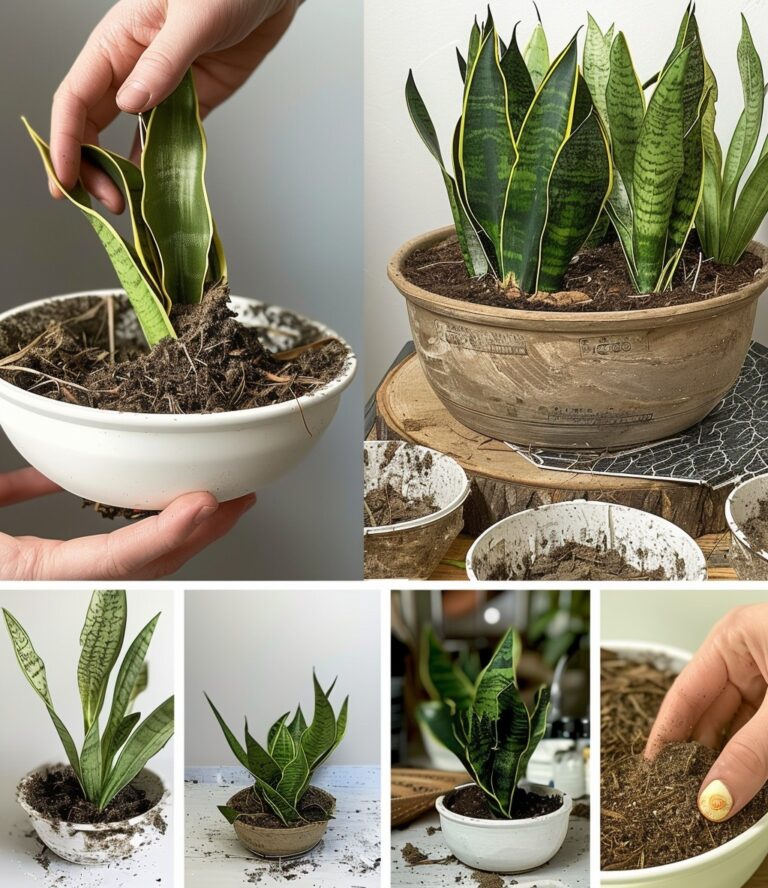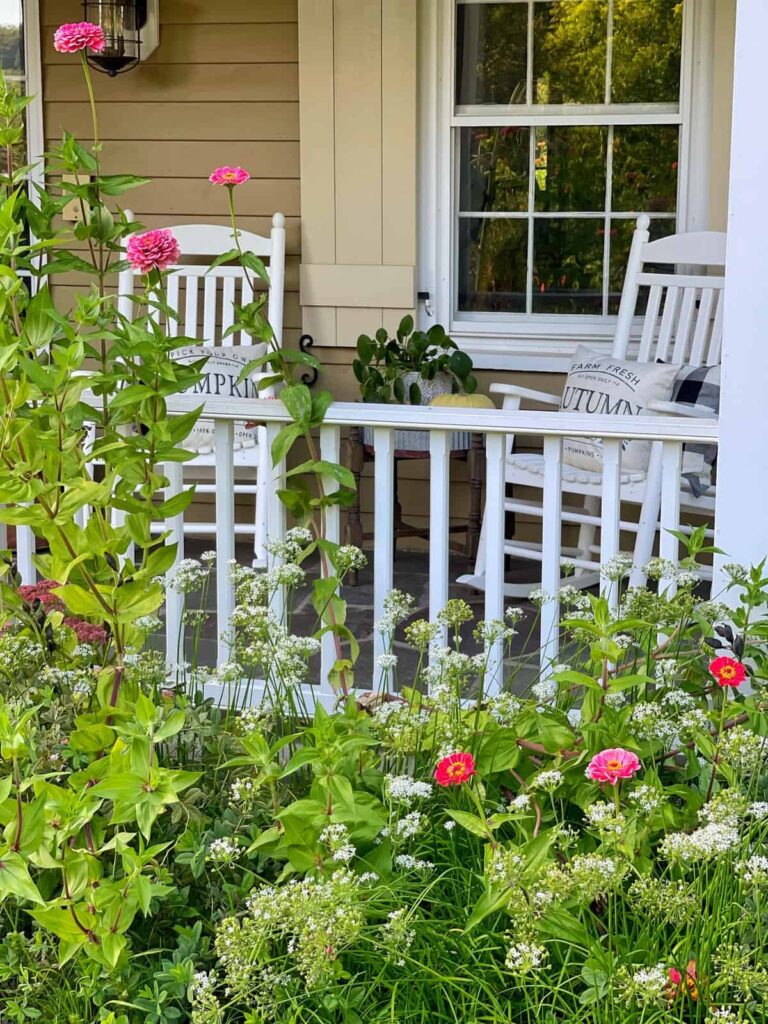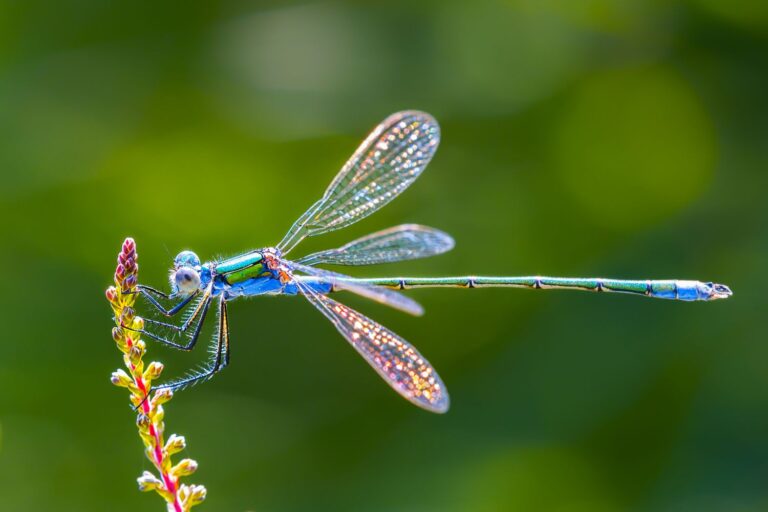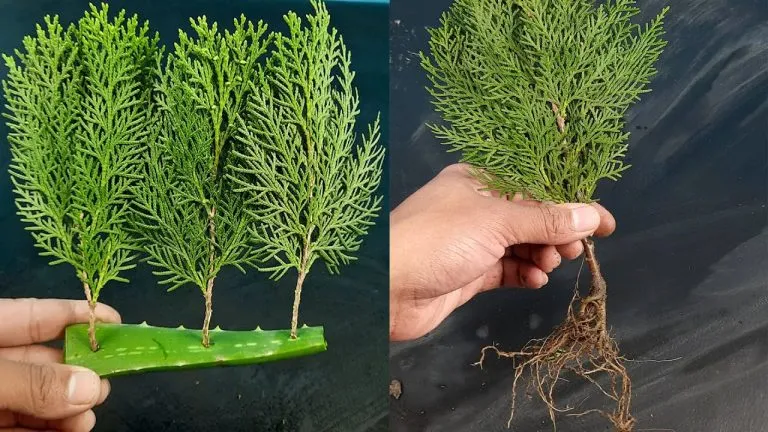10 mistakes you are likely making with your aloe vera plant
The 10 Aloe Vera Mistakes I've Made (And How You Can Avoid Them)
Aloe vera plants are known for their numerous health benefits and their ability to thrive in various climates. These versatile plants are low maintenance and can be a great addition to any indoor or outdoor garden. However, even with their hardiness, many people unknowingly make mistakes when caring for their aloe vera plants, which can hinder their growth and overall health.
Outline
- The Great Flood of 2012: Overwatering Fiasco
- The Drainage Disaster: A Cautionary Tale
- The Vitamin D Deficiency
- The Stuffy Situation: Why Aloes Need to Breathe
- The Aloe Commune: When More Isn't Merrier
- The Great Soil Snafu: Not All Dirt is Created Equal
- The Fertilizer Frenzy: Too Much of a Good Thing
- The Temperature Tango: Finding the Comfort Zone
- The Pest Party: Uninvited Guests
- The Pruning Paranoia: Making the Cut
- Improper Pruning
- Conclusion
- Frequently Asked Questions (FAQs)
Introduction
Hey there, plant pals! Sarah the Succulent Savior here. You know, when I first got my mitts on an aloe vera, I thought I'd hit the jackpot. Easy-peasy, low-maintenance miracle plant, right? Ha! Boy, was I in for a wild ride.
Over the years, I've made every aloe vera mistake in the book (and probably invented a few new ones). But hey, that's how we learn, right? So, grab your gardening gloves and let's dive into the world of aloe vera care. I promise, by the end of this, you'll be an aloe ace!
1. The Great Flood of 2012
Some Backstory...
Picture this: It's 2012, I'm a newbie plant mom, and I've just gotten my first aloe. I'm so excited that I water it. Every. Single. Day. Yeah, big yikes.
One morning, I wake up to find my poor aloe looking like a deflated balloon at a kid's party. The leaves are yellow, mushy, and there's this funky smell coming from the pot that'd make a skunk wrinkle its nose.
Lesson learned: These desert divas prefer to dry out between waterings. Now, I use the trusty finger test. If it's dry 2 inches deep, it's watering time. Otherwise, hands off! And during winter? Forget about it. These guys practically hibernate.
2. The Drainage Disaster
Importance of Drainage
Oh, and speaking of water, let me tell you about the Great Repotting Fiasco of 2013. I found this gorgeous ceramic pot at a flea market. No drainage holes, but hey, it's pretty, right?
Fast forward a month, and my aloe's looking sadder than a wet cat. I tip it out of the pot, and... ew. The roots are a mushy, stinky mess that'd make a compost heap jealous.
How to Ensure Proper Drainage
Now? I'm all about those holes, baby! If a pot doesn't have 'em, I drill 'em myself. Your aloe's feet should never be wet for long. It's like wearing soggy socks - no one likes that!
3. The Vitamin D Deficiency
Light Requirements for Aloe Vera and Tips
So, there I was, thinking I'm clever putting my aloe in a shady spot to avoid sunburn. Ha! A week later, it's all pale and stretchy, reaching for any hint of light like a desperate houseplant in a basement.
Turns out, these sun-lovers need their rays. But not too much! I've found the sweet spot is bright, indirect light. Think Goldilocks - not too much, not too little, just right. Near an east or west-facing window is perfect. And if you're in a dark dungeon of an apartment? Grow lights are your new best friend.
4. The Stuffy Situation
Role of Ventilation and how to Increase Airflow
Ever been in a room with no air circulation? Stuffy, right? Well, that's how my poor aloe felt when I stuck it in a corner with no airflow.
Before I knew it, I had a mold situation that'd make a middle school science experiment jealous. Ick! Now, I make sure my aloes get a nice breeze. A small fan does wonders if you're growing indoors. Just don't turn your plant room into a wind tunnel, okay?
5. The Aloe Commune
Effects of Overcrowding
Okay, confession time. I once let my aloe's "pups" (those little baby plants) go wild. It looked cool at first, like a mini aloe forest. But soon, they were all competing for resources like it was The Hunger Games: Plant Edition.
Steps to Repot Offsets ("Pups")
These days, I'm not afraid to separate those pups. It's like sending your kids to college - a little sad, but necessary for growth! Wait until they're about 1/5 the size of mama aloe, then gently separate and repot. Trust me, they'll thank you for it.
6. Using the Wrong Soil
Ideal Soil Characteristics
Early in my aloe-growing days, I used regular potting soil. Big no-no! My aloe looked about as happy as a cat in a bathtub.
Soil Mix Recommendations
Now, I mix my own blend: 1 part potting soil, 1 part coarse sand, and 1 part perlite or pumice. It's like a five-star resort for aloe roots - airy, well-draining, and oh-so-comfy.
If you're not into DIY, look for a cactus or succulent mix at your local garden center. Just make sure it's nice and gritty. Your aloe will be living its best life in no time!
7. Neglecting Fertilization
Fertilization Needs & Best-practices
I'll admit it - I used to think aloes didn't need fertilizer. They're tough, right? Well, yes, but even tough guys need a good meal sometimes.
Then I went to the other extreme. I thought, "If a little fertilizer is good, more must be better!" Oh boy, was I wrong. My poor aloe looked like it was on steroids - all bulky and distorted. Not a good look.
These days, I give my aloes a diluted, balanced fertilizer in spring and summer. Just a little boost to keep 'em happy. But remember, less is more! Over-fertilizing is like force-feeding your plant - not a pretty sight.
My fertilizing routine:
- Use a balanced, water-soluble fertilizer (like a 10-10-10).
- Dilute it to half the recommended strength.
- Apply every 4-6 weeks during the growing season (spring and summer).
- Stop fertilizing in fall and winter when the plant is dormant.
Remember, aloes are used to poor soil conditions. They don't need much to thrive. When in doubt, err on the side of less fertilizer.
8. The Temperature Tango
Ever seen an aloe with sunburn? Not pretty. I once left mine out during a heatwave. Let's just say it wasn't its best look. Crispy aloe, anyone?
On the flip side, I've also had one catch a chill. I left it on a windowsill during a cold snap, and the poor thing turned to mush. Talk about plant parent guilt!
Now, I keep my aloes in the Goldilocks zone - not too hot, not too cold. They like it just like we do, between 55°F and 80°F (13°C to 27°C). No extreme temp changes, please!
Here are my temperature tips:
- In summer, provide some shade during the hottest part of the day.
- In winter, keep them away from cold drafts and frosty windows.
- If you're growing outdoors, bring them inside if temperatures are going to drop below 50°F (10°C).
- Avoid placing them near heaters, air conditioners, or frequently opened doors.
Remember, sudden temperature changes can stress your aloe. If you need to move it to a warmer or cooler spot, do it gradually over a few days.
9. Ignoring Pests
Common Pests and Symptoms
I used to think aloes were invincible. Then I met mealybugs. Those little cotton-looking devils nearly took out my whole collection! And don't even get me started on spider mites. They're like tiny ninjas - you don't even know they're there until it's too late.
Effective Pest Control Methods
Now, I'm always on pest patrol. Here's my pest control routine:
- Inspect plants regularly, especially when watering.
- If you spot pests, isolate the affected plant immediately.
- For small infestations, use a cotton swab dipped in rubbing alcohol to remove the pests.
- For larger problems, spray with neem oil or insecticidal soap.
- Repeat treatment every few days until the pests are gone.
Prevention is key:
- Keep your plants healthy. Strong plants can fight off pests better.
- Don't overwater. Pests love damp conditions.
- Ensure good air circulation.
- Clean your tools between plants to avoid spreading pests.
10. Improper Pruning
Pruning Benefits
For the longest time, I was scared to prune my aloes. What if I hurt them? What if they never recovered? I let my aloes grow wild, and ended up with some pretty scraggly-looking plants.
Turns out, a little snip here and there is actually good for them. It's like a spa day for your aloe - out with the old, in with the new!
Here's my pruning guide:
- Use clean, sharp scissors or pruning shears. No hack jobs here!
- Remove any dead, damaged, or diseased leaves at the base.
- If your aloe is getting too tall, you can cut off the top. The plant will sprout new leaves, and you can even root the cutting to make a new plant!
- Always cut at an angle to prevent water from pooling on the cut surface.
Pruning isn't just about looks. It helps your plant focus its energy on healthy growth, improves air circulation, and can even help prevent pest problems.
Conclusion
So there you have it, folks! My top 10 aloe vera blunders. We've laughed, we've cried, we've learned. Remember, every mistake is just a chance to grow - for you and your aloes!
Caring for aloes isn't rocket science, but it does take a bit of know-how. The key things to remember:
- Don't overwater
- Ensure good drainage
- Provide bright, indirect light
- Use well-draining soil
- Don't go crazy with the fertilizer
- Keep them at a comfortable temperature
- Watch out for pests
- Don't be afraid to prune
Most importantly, pay attention to your plant. It'll tell you what it needs if you know how to listen. Leaves looking pale? It probably needs more light. Getting mushy? Ease up on the water. Aloes are pretty good communicators once you learn their language.
Now, go forth and aloe with confidence. And if you mess up? Hey, join the club. We've got t-shirts!
FAQs(Because I Know You're Dying to Ask)
FAQ 1: How often should I water my aloe vera plant?
When in doubt, don't! These guys prefer to dry out between waterings. Stick your finger in the soil - if it's dry 2 inches deep, it's water time. In winter, you might only water once a month!
FAQ 2: Can I use regular potting soil for my aloe vera?
About as well as you can use a fish as an umbrella. Mix your own with potting soil, sand, and perlite for happy aloe roots. Or grab a cactus mix from your local garden center.
FAQ 3: What should I do if my aloe vera leaves turn yellow?
Whoa there, cowboy! Ease up on the water and check the lighting. Too much water or not enough sun can turn your aloe into a yellow submarine. Let it dry out and find a brighter spot.
FAQ 4: How can I tell if my aloe vera is getting too much or too little sunlight?
If it's stretching like it's trying to touch the ceiling, it needs more light. If it's turning crispy, dial back the rays. Bright, indirect light is the sweet spot. Think beach umbrella, not blazing desert sun.
FAQ 5: Are there specific fertilizers for aloe vera plants?
Nah, these aren't divas. A balanced, diluted fertilizer in spring and summer will do. But remember, with aloes, less is more! Over-fertilizing is like giving a kid too much candy - it won't end well.
Remember, folks, growing aloes is like learning to dance - it takes practice, you might step on some toes, but in the end, it's all about having fun. So keep at it, learn from your mistakes, and before you know it, you'll be the aloe whisperer of your neighborhood! Happy growing!

